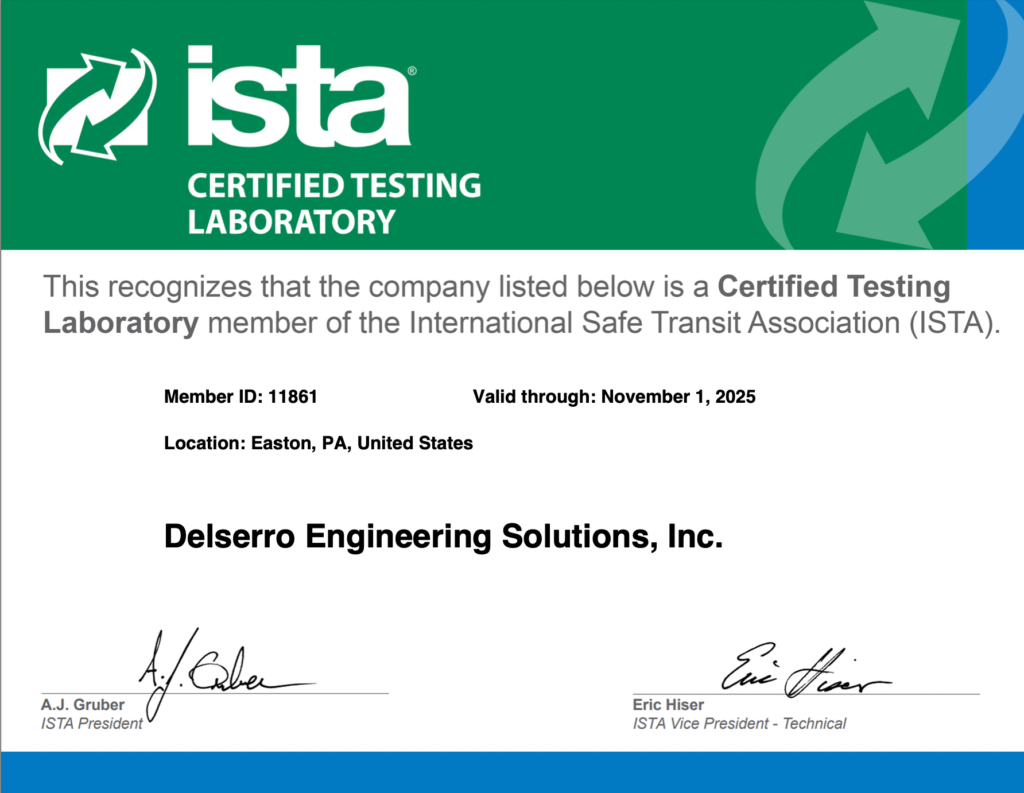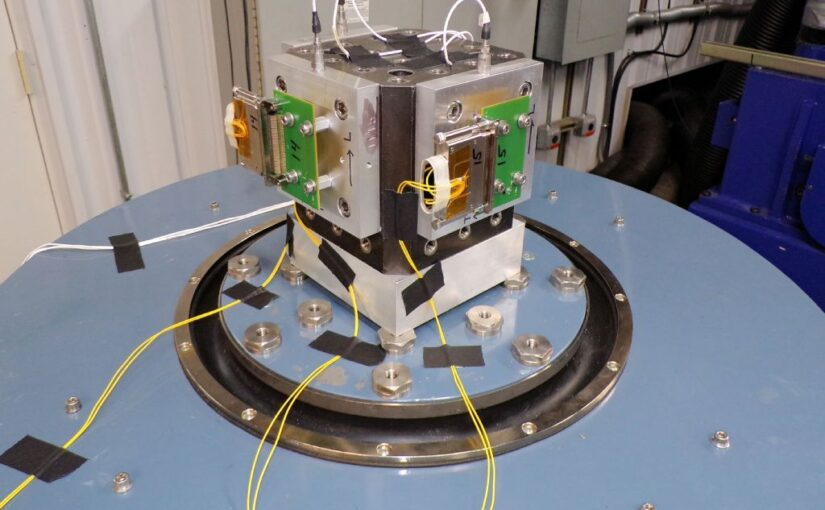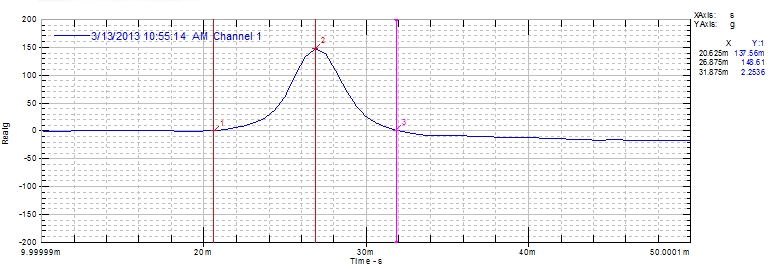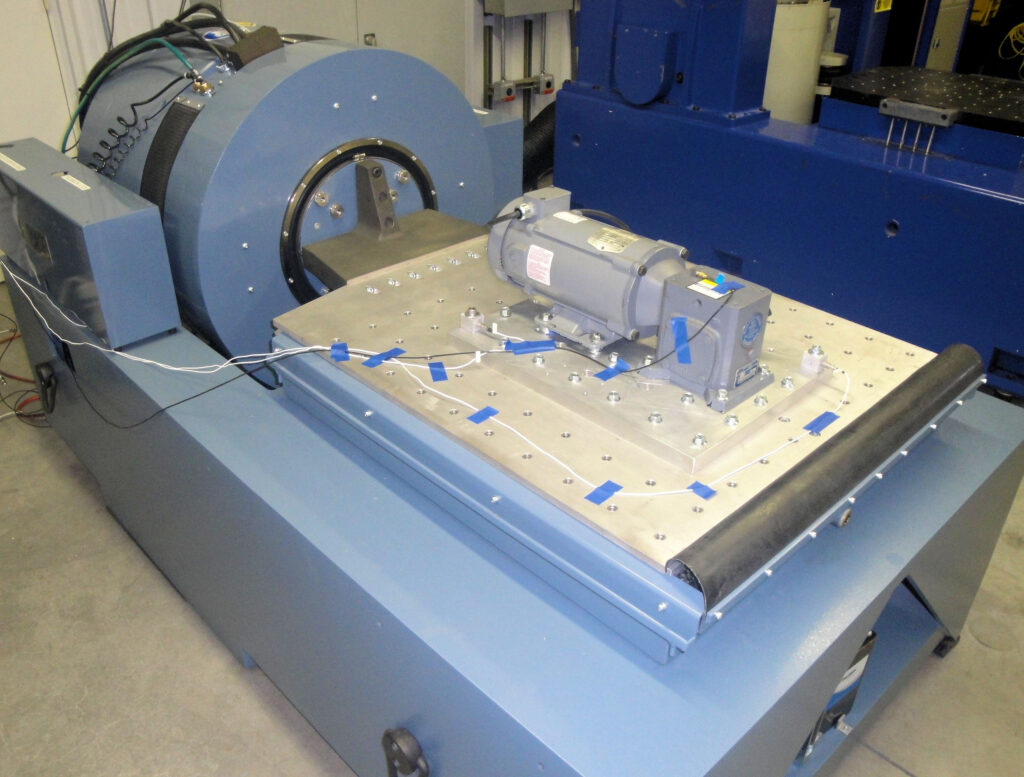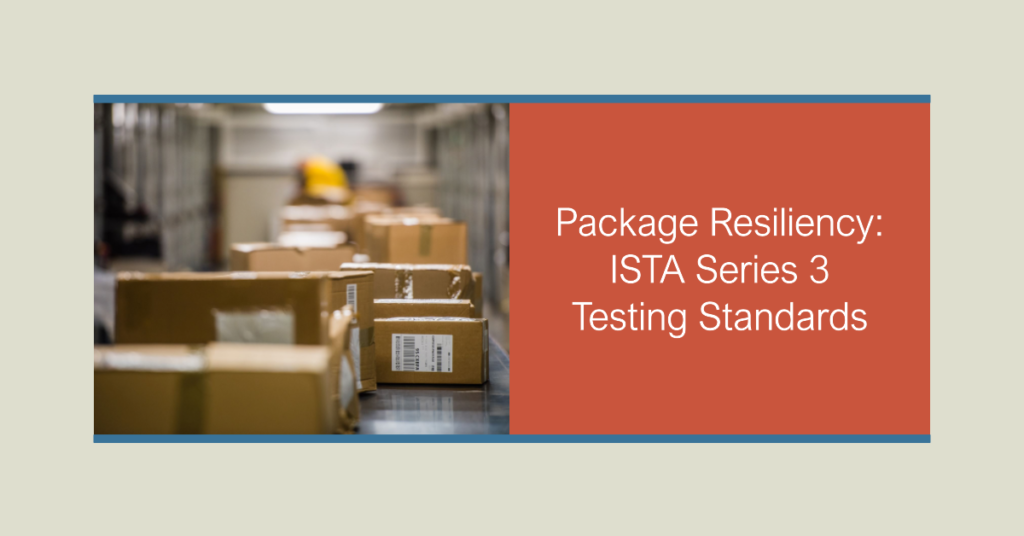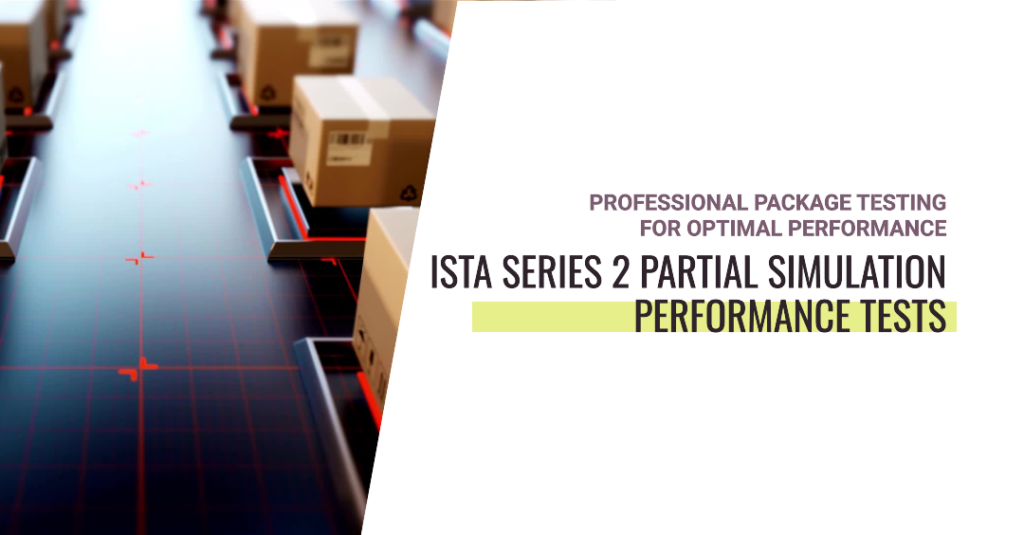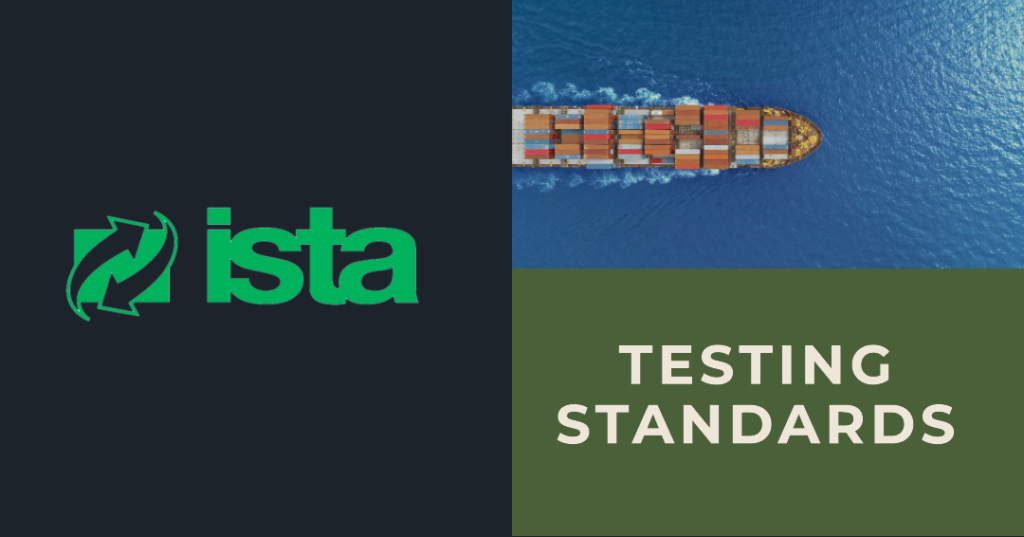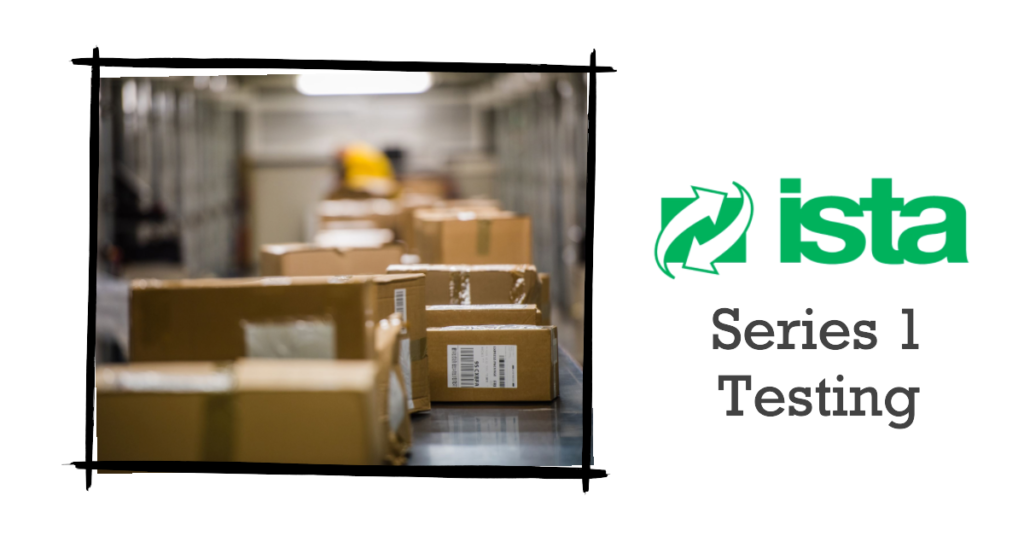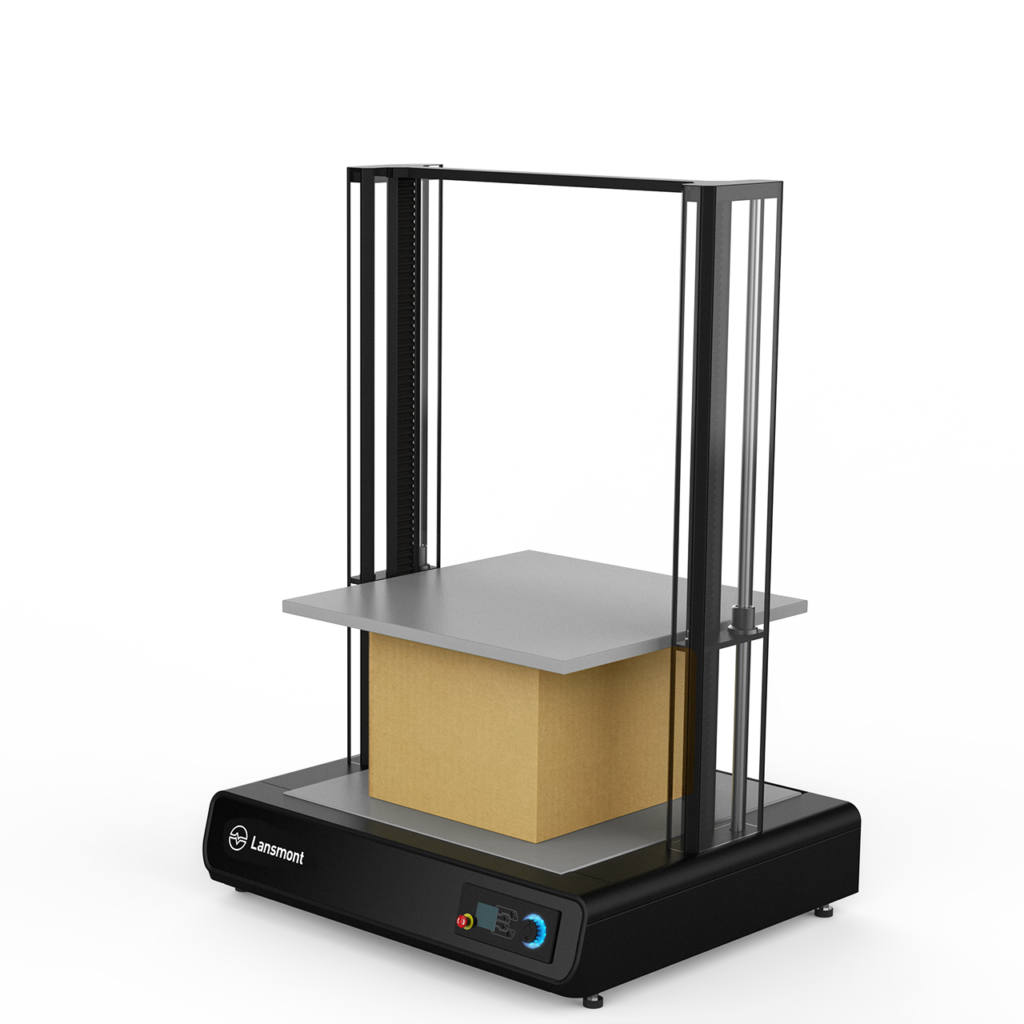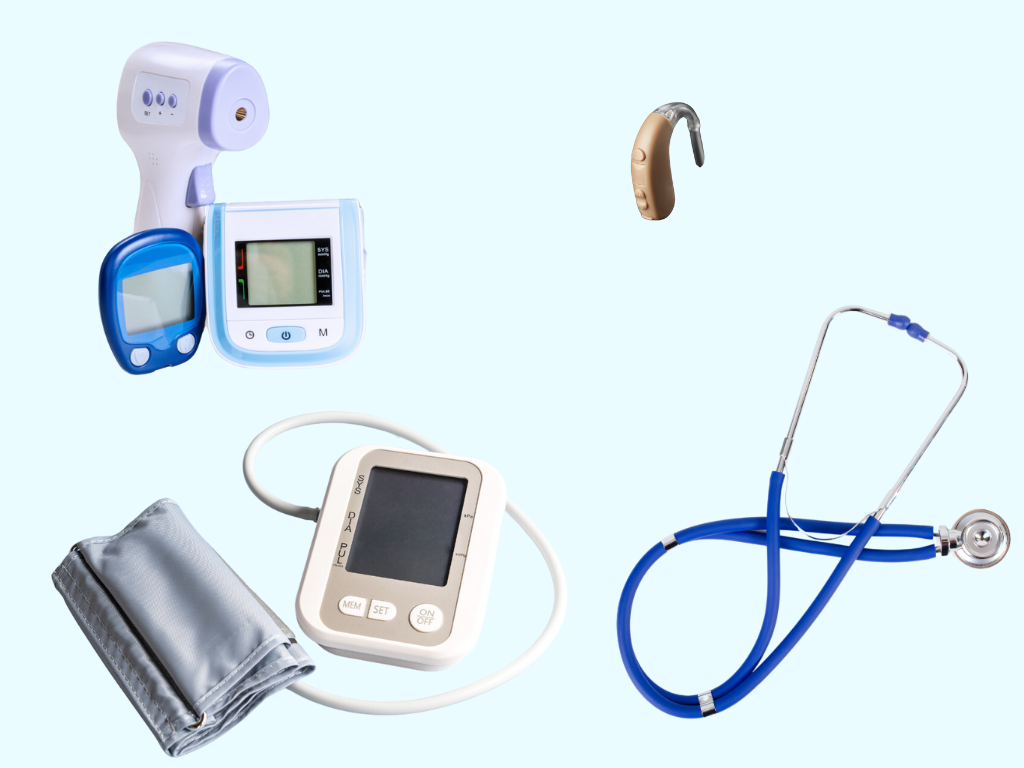
In the fast-evolving medical device industry, the pathway to market success is marked by stringent standards. Delserro Engineering Solutions (DES) plays a pivotal role in this journey, offering expert testing services for both medical devices and their packaging. Recognizing that each product—from intricate surgical instruments to complex diagnostic machinery—requires rigorous scrutiny, DES employs cutting-edge environmental, vibration, HALT, and shock testing in its state-of-the-art facilities.
The comprehensive range of tests at DES is designed to address the specific challenges faced by medical devices in real-world conditions. By simulating various environmental factors and stressors, DES ensures that both the device and its packaging maintain integrity and functionality throughout their lifecycle. This attention to detail is crucial in the medical device industry where precision is paramount, and the smallest oversight can have significant consequences.
Our team delves into the nuances of each project, partnering with manufacturers to understand their unique needs and challenges. This collaborative approach allows for customized testing solutions that cater to the diverse requirements of the medical device sector.
Medical Device Testing: Meeting Rigorous Standards with DES
The field of medical device testing necessitates strict adherence to a variety of industry standards to ensure compliance. At Delserro Engineering Solutions (DES), we pride ourselves on aligning our testing services with these critical standards, assuring that medical device packaging meets the highest benchmarks of quality and reliability.
- ISTA Compliance for Transportation Durability: As a certified testing laboratory, we conduct packaging tests that comply with International Safe Transit Association (ISTA) standards. These tests simulate the stress that packaging undergoes during transportation, ensuring that it can protect medical devices from damage due to shock, vibration, and other environmental factors.
- ASTM Standards for Material Quality: Adhering to ASTM D7386 and other ASTM standards, we evaluate the material quality of packaging, assessing its durability and resilience under various conditions. These tests are crucial for determining if the packaging can maintain the sterility and integrity of medical devices.
- ISO/IEC 17025 Accredited Testing: Our ISO/IEC 17025 accreditation signifies our technical competence in conducting standardized tests. This includes ensuring that medical device packaging meets specific environmental testing requirements crucial for maintaining product reliability throughout its lifecycle.
- MIL-STD Compliance for Military-Grade Assurance: For products that require a higher level of robustness, such as those used in military applications, we ensure compliance with Military Standards like MIL-STD-810 and MIL-STD-202. This ensures that products can withstand extreme environmental conditions and rough handling.
- Customized Testing Protocols: Beyond standard compliance, we offer customized testing solutions tailored to unique client specifications. Whether it’s assessing the resilience of packaging or devices under specific temperature conditions or evaluating its performance under unique mechanical stresses, our state-of-the-art facilities are equipped to handle diverse testing needs.
Navigating Challenges in Medical Device Package Testing
The journey from conception to market for medical devices is fraught with challenges, particularly when it comes to packaging. At Delserro Engineering Solutions (DES), we understand that the package is a crucial component that ensures device safety and efficacy during transit and storage.
With the medical device industry facing ever-tightening regulations, manufacturers must ensure their packaging can withstand a range of environmental stresses. DES’s medical device package testing services are designed to address these exacting standards, from simulating transportation conditions to mimicking the rigors of handling and storage.
Moreover, DES’s commitment to staying ahead in an evolving industry landscape means continuously updating our medical device package testing processes in line with the latest regulations and standards. Our laboratory’s ISO/IEC 17025 and ISTA accreditation are a testament to our capability to execute tests that are both precise and reliable. We engage with the latest industry practices, ensuring that our clients’ medical device packaging is robust, compliant, and above all, safe for the end-user.
Recognizing that off-the-shelf solutions do not fit all, our engineers work closely with clients to develop specialized medical device package testing plans that match the unique needs of their products. Whether it’s fine-tuning temperature cycles to match specific geographic journeys or tailoring shock tests for delicate components, DES ensures that every aspect of packaging is scrutinized and optimized for peak performance. This meticulous attention to detail ensures that when a medical device reaches its destination, it does so with its integrity unblemished and its functionality assured.
DES embraces the challenges of medical device package testing with a blend of accredited procedures, advanced technology, and customized service. By doing so, we ensure that our clients’ products are not only compliant but exemplify the highest standards of the medical device industry. Contact us to learn more about how we can address the specific testing needs for your medical device packaging.
Proven Expertise in the Medical Device Industry at DES
At Delserro Engineering Solutions (DES), our expertise in the medical device industry is more than just a claim—it’s a commitment. With over three decades of experience, DES has established itself as a leader in providing comprehensive testing solutions for both medical devices and their packaging. Our deep understanding of medical device industry standards positions us uniquely to help our clients navigate the complexities of product testing and compliance.
Our team of skilled engineers and technicians is dedicated to delivering results that surpass expectations. At DES, we understand that the medical device industry is rapidly evolving, and staying ahead means being equipped to adapt to new challenges. We offer personalized service, working closely with our clients to understand their specific needs and providing tailored solutions that align with their goals. This partnership approach has made us a trusted name among industry giants.
In the medical device industry, where precision, quality, and reliability are non-negotiable, DES stands as a beacon of excellence. We invite you to experience the DES difference—where quality testing leads to quality products.
Contact us today to learn how our expertise can enhance the reliability and market success of your medical devices.

